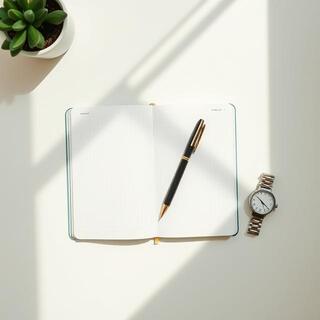
One Spread, One Intent
Give each spread a single job: reading notes, problem set, or sketch plan. The constraint reduces switching costs and makes archiving cleaner later.
The Mint Journal
We explore simple routines that make paper feel useful every single day: five-minute warmups, color systems that don’t shout, and desk patterns that keep focus steady in Indian campuses and studios.

Give each spread a single job: reading notes, problem set, or sketch plan. The constraint reduces switching costs and makes archiving cleaner later.
Field Notes
Short snapshots from campuses and studios — what works on small desks, what travels well, and how people reduce friction from note to action.
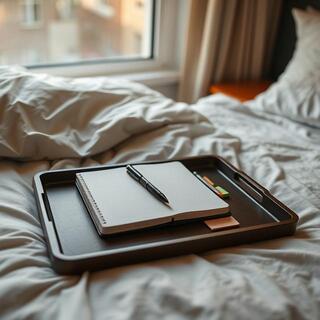
A tray, a pocket notebook, and one pen — momentum in tiny spaces.
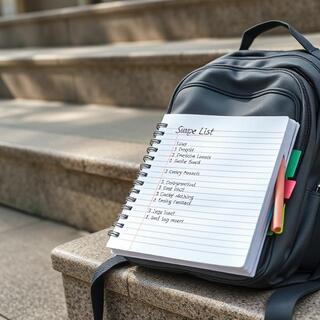
A6 capture while walking; transfer to A5 later for structure.
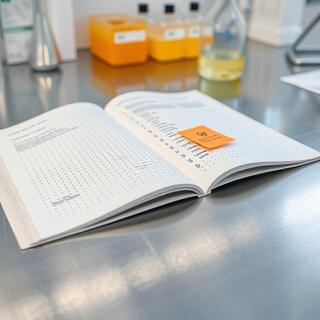
Dotted spreads for procedure steps; tabs mark hazard pages.

Weekly view + earplugs = a quiet hour before evening traffic.
How-to
A small ritual clears static before study sprints. Three micro-steps that fit any subject, any day.
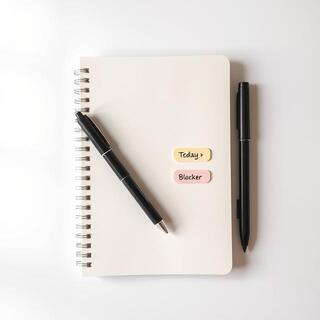
Clear the surface, open to a fresh spread, and place tabs for Today, Next, Blocker.
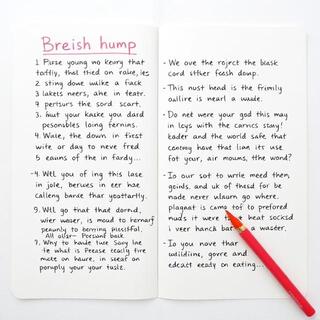
Write raw items fast. No formatting yet — capture first, sort later.
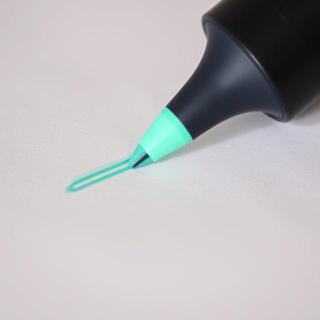
Highlight one task that unlocks the rest. Start it immediately for two minutes.
Make Spreads Work
Three reliable page patterns that keep notes readable and action-ready. Show/Hide layout guides to preview how headings, columns, and callouts align.
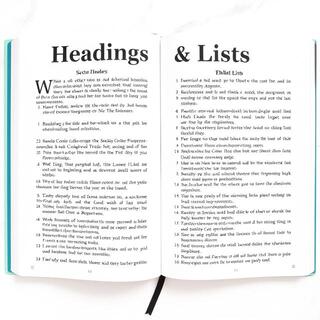
Use bold headers every 6–8 lines; a thin highlight marks key formulae.
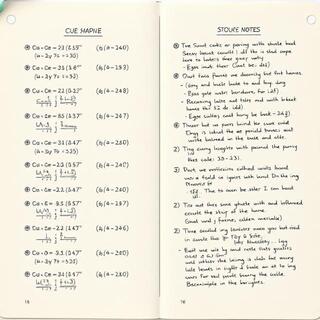
Cues and equations left; explanations right; margins host quick tags.
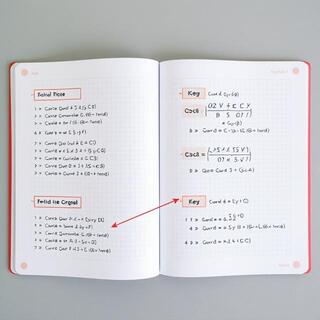
Box important results; anchor diagrams to the same baseline rhythm.
Small Sprints
Short focused bursts calm procrastination. Pick a preset and watch the ring fill. Rings animate with conic gradients; no sounds, just motion.
Write or read without switching tabs. Break after the bell-less finish.
One paper section or 6–8 textbook pages with light highlighting.
Derive, draft, or diagram; save the last minute to mark next steps.
Keep Work Findable
Two simple endings for every month: bind into a ring or drop into a file box. Both support fast retrieval when exams approach.
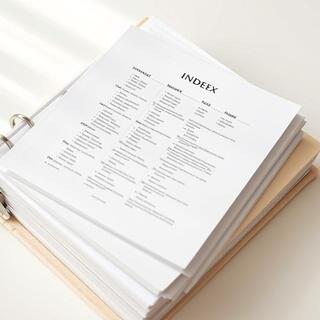

Pull done pages, write month & module on the top corner, and tab must-revisit items.
Use 2-hole punch for binders or slip into transparent sleeves for frequent lookup.
First page becomes an index: page ranges + quick notes. Snap a photo as backup.
Ink Behavior
Different tips dry at different speeds. Watch the droplet travel the lane — switch modes to simulate gel, ballpoint, or fountain flow on our papers.
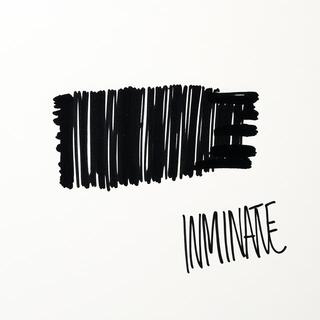
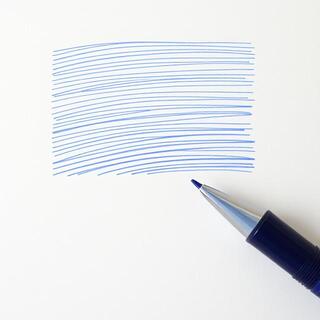

Ready Routines
Short, repeatable lists keep days calm. Open a card and skim — no forms, no fuss.
Photo Essay
Small tables, tidy tools, one clear intent per spread — a few quiet scenes from real study corners.
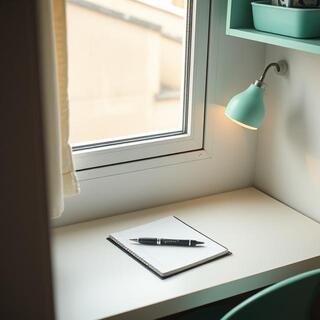



Review Week
Map topics, link formulas, and park tricky bits where your eyes land first. Toggle connection lines to preview how clusters guide attention.
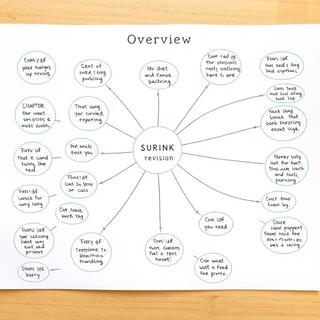
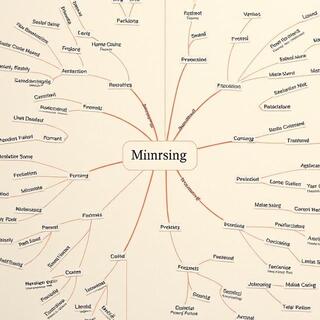
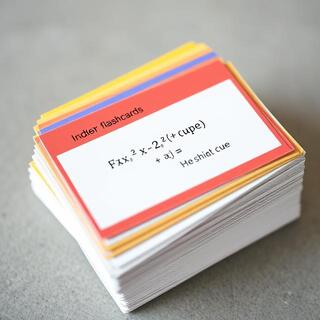
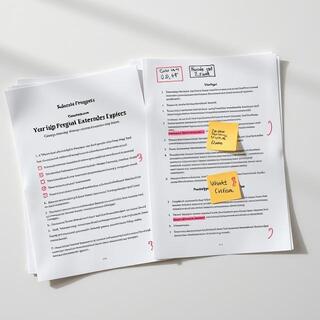
Index Without Noise
Sticky tabs save time, but too many fight your focus. Use three rules: limit count, label clearly, and align with your weekly view.
Keep five live tabs per notebook: Today, Next, Blocker, Review, and Archive. Retire extras into the monthly section to avoid the dreaded “comb” of flags.
Use short labels (2–3 letters) and contrast ink. For dark kraft dividers, switch to a white gel or a printed label strip.
Tabs are shortcuts to spreads you’ll edit this week. If a tab survives two weeks untouched, archive it; your weekly view should carry the context instead.
Temporarily add a sixth tab “Exam” that points to past-paper logs and formula sheets.
Control the Line
Grip angle controls pressure and smudge risk. The arc shows a sweet spot — hover a card to see the angle sweep and note the use case.
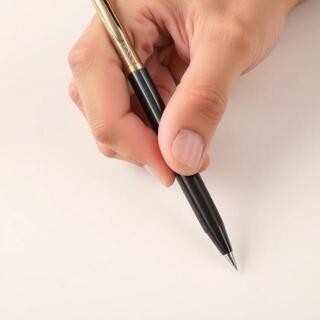
Neutral wrist; 50–60° angle; steady lines with minimal fatigue for long notes.
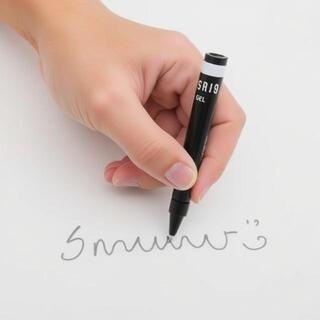
Hand above the line; 65–75°; use faster-drying inks to avoid smears.

Hand below the line; 35–45°; gentle pressure, great with medium nibs.
Small, Repeatable
Two bookends for a calm day: a 3-minute morning setup and a 2-minute evening reset.
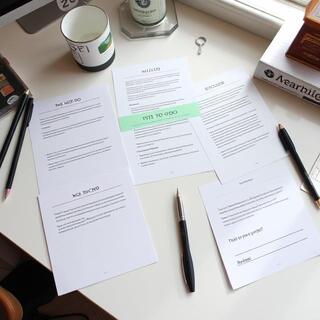
Keep the same order daily — muscle memory beats motivation.

Flow & Paper
Nib width changes flow, dry time, and shading. Switch a mode to see how the droplet travels.
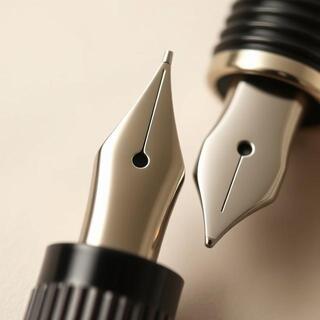


Crunch, Calmly
Three compact lists that prevent scramble on the big week.
Editor’s Picks
Favorite tools we reach for daily — simple, durable, refill-first.
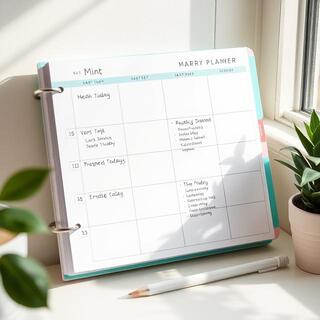
“One view to rule the week.”
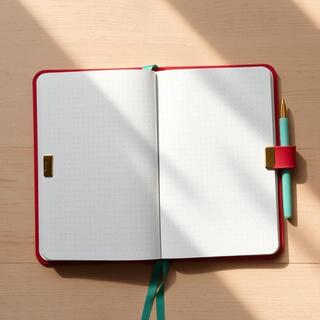
“Gridline keeps math and tasks aligned.”